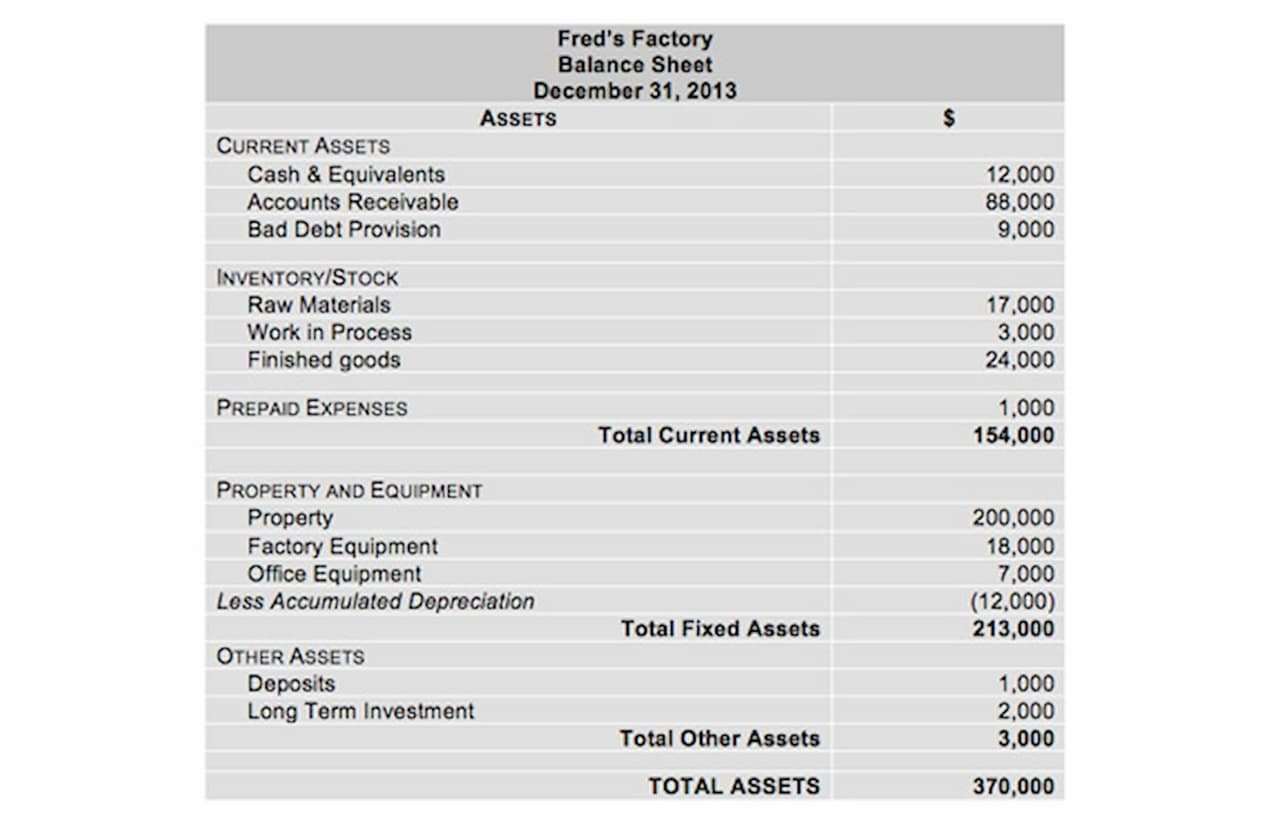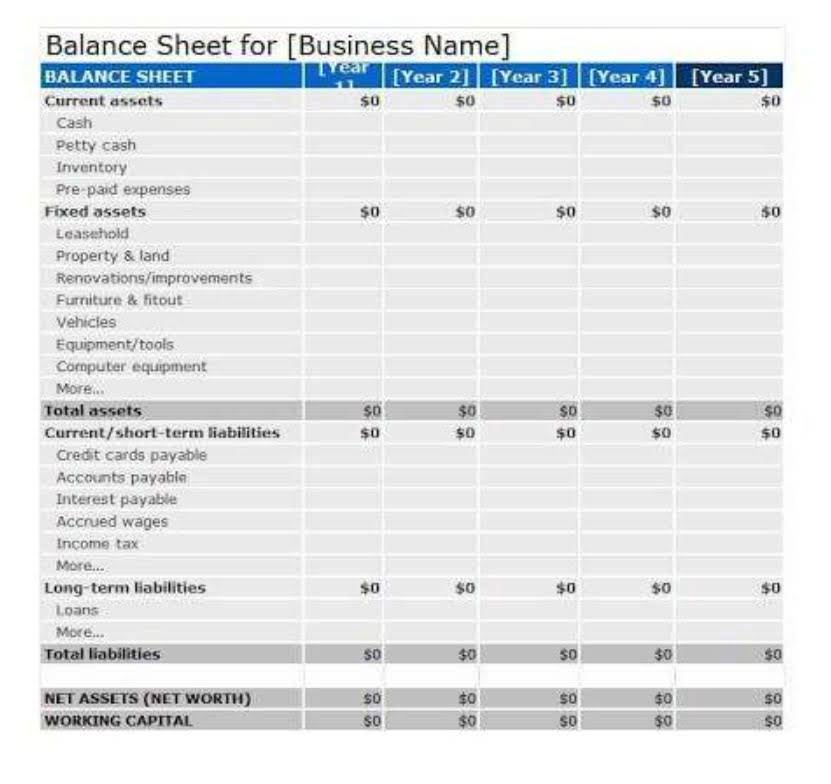
Since resources are limited, every decision comes with an opportunity cost—what we sacrifice by choosing one option over another. In some cases, recognizing the opportunity cost can alter personal behavior. Imagine, for example, that you spend $8 on lunch every day at work. However, if you project what that adds up to in a year—250 workdays a year × $5 per day equals $1,250—it’s the cost, perhaps, of a decent vacation. If the opportunity cost were described as “a nice vacation” instead of “$5 a day,” you might make different choices. Opportunity cost stands as one of the most fundamental concepts in economics, representing the value of what must be given up when making a choice.

High School Teaching Resources

The reality is that the opportunity cost of hiding a valuable invention is so great that inventions worth https://www.bookstime.com/ more than they cost are quickly made available. Hidden inventions exist only in economically uninformed imaginations…. Sometimes people are very happy holding on to the naive view that something is free. We don’t want to hear about the hidden or non-obvious costs.

Investing in Education
If you choose work, the opportunity cost is the relaxation and entertainment you would have enjoyed. Simply put, opportunity cost is the value of the best thing you didn’t choose. If you choose chocolate, the opportunity cost is the joy you would have gotten from eating your second favorite flavor (like vanilla). The theory of comparative advantage states that countries should specialise opportunity cost means that something needs to be in producing goods where they have a lower opportunity cost.
Opportunity Costs Definition: What are Opportunity Costs?
This, furthermore, allows optimal allocation of limited and scarce resources to maximize efficiency. It refers to the potential benefits or opportunities that are given up in order to choose a particular alternative. This concept plays a crucial role in shaping economic principles, systems, theories, and models. One of the key ways in which opportunity cost affects economic decision-making is through trade-offs.
- So next time you are faced with a decision, remember to consider the opportunity cost and make the best choice for yourself and your economic well-being.
- This interest represents the lost benefit of the next best investment opportunity.
- For example, if you breathe air, it doesn’t reduce the amount available to other people – there is no opportunity cost.
- It allows individuals and businesses to make informed choices by considering the trade-offs and implications of their decisions.
- However, if you project what that adds up to in a year—250 workdays a year × $5 per day equals $1,250—it’s the cost, perhaps, of a decent vacation.
- The decision to tie up capital in inventories instead of using it for other short-term investments entails opportunity costs.
- Towns must choose whether to put more of the budget into police and fire protection or into the school system.
In contrast, opportunity costs refer to the potential benefits that are foregone by choosing the next best alternative. While sunk costs lie in the past and are unchangeable, opportunity costs relate to the future benefits that are lost by choosing a particular alternative. When the individual or the investor makes one decision, he does away with the opportunities that the next best option provides. This measurement in the opportunity costs is what economists call “sacrifice”. So, it means to forego the utilities which an equally good option might have given if one had not selected the option at hand currently.

Identification of Alternatives
- Here’s how opportunity cost works in investing, plus the differences between opportunity cost, risk and sunk costs.
- This would prevent you from looking up the stock quotes every single day.
- In the amount of time that it takes Ann to gather 1 banana, she could have caught 3 fish.
- From the traceability source of costs, sunk costs can be direct costs or indirect costs.
- So there is an opportunity cost to everything we do, and that cost is expressed in terms of the most valuable alternative that is sacrificed….
For example, if you build a plane, it costs a lot of money, but when you build the 100th plane, the cost will be much lower. When building a new aircraft, the materials used may be more useful, so make as many aircraft as possible from as few materials as possible to increase the margin of profit. normal balance When a company invests capital in a project, the opportunity cost is the return it could have earned if it had invested the capital in another, potentially more profitable investment.
- A sunk cost is a cost you have paid already and cannot be recovered.
- When economists refer to the “opportunity cost” of a resource, they mean the value of the next-highest-valued alternative use of that resource.
- Efficiency, in economics, means the maximum utilization of scarce resources.
- Risk evaluates the actual performance of an investment against its projected performance.
- This is because if there is no sacrifice with a particular decision, it means that it is a cost-free decision.
Business and Economic Opportunity Costs

Opportunity cost is all about the trade-offs we make every single day. It’s about recognizing what you give up when you choose one thing over another. This article is your complete guide to understanding this opportunity cost in business and economics, with tons of real-world examples. So if you were to wait in line for free ice cream, you actually give up the opportunity to do something else with your time, like working at a job or reading a book. Economists even use the concept of opportunity cost to determine if people can benefit from trading with one another.
- Because budgets are limited, every dollar spent on one program means less funding for something else.
- We often get swayed by one decision without considering the cons they might bring with it.
- For instance, if a company decides to invest in new equipment, the opportunity cost would be the other potential uses of that money, such as hiring more employees or expanding into new markets.
- If they fund infrastructure, the opportunity cost is the potential improvement in citizens’ well-being.
- By understanding this concept, we can make more informed choices and better evaluate the trade-offs involved in any decision.
Now, you are personally inclined to invest in the software company. You do this because you trust the company and feel you should support the sustainability methods that they are endorsing. However, you cannot forget that the bonds are more attractive as they give an 8% return.
